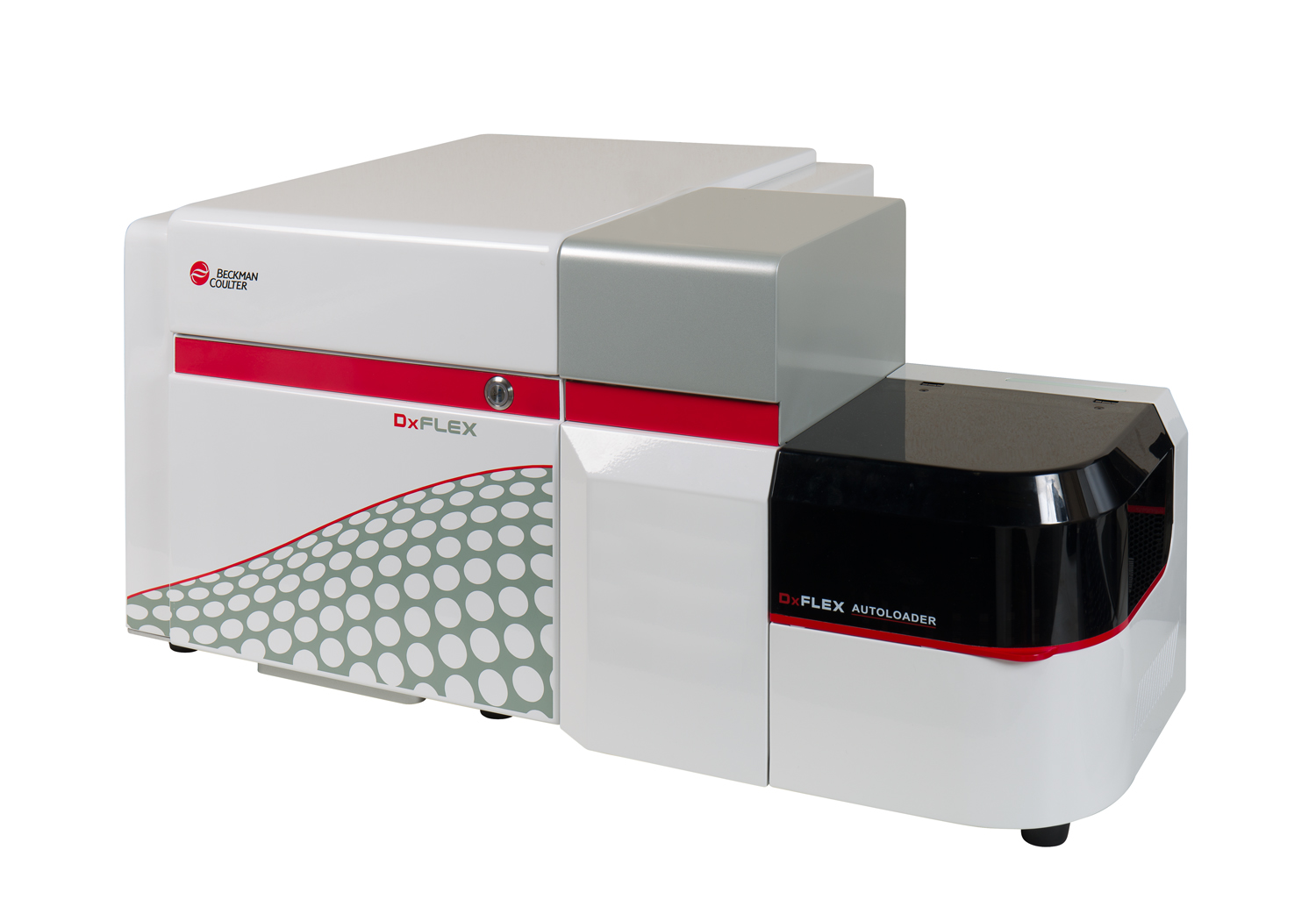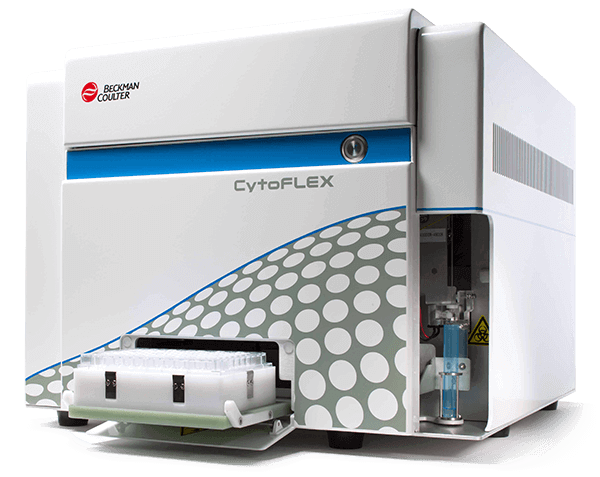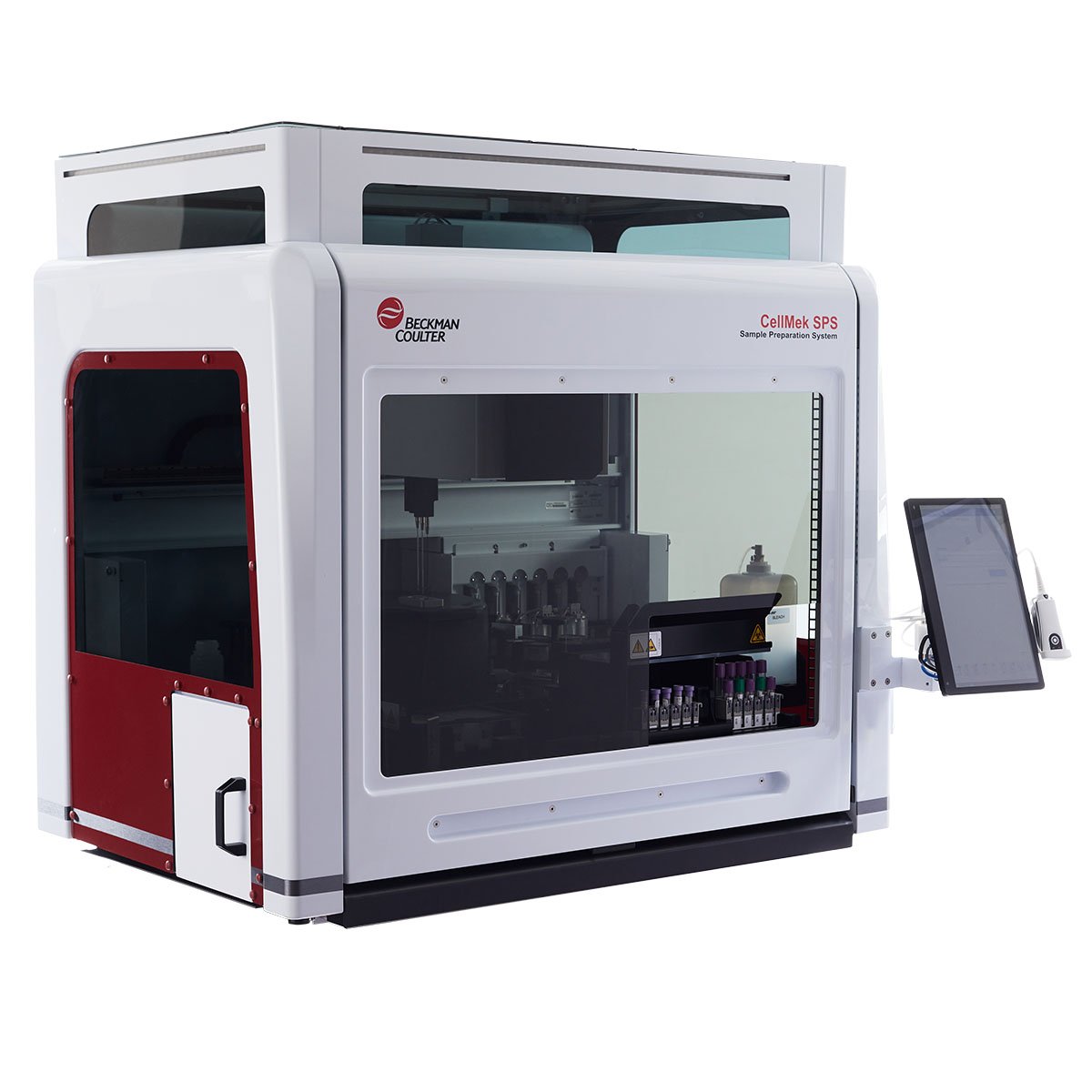CD5 Antibodies
CD5 is a type I transmembrane glycoprotein with a molecular weight of 67 kDa. The extracellular domain consists of 3 scavenger receptor cysteine-rich (SRCR) domains of nearly 100 amino acids each. The CD5 is expressed at the surface of mature T lymphocytes, by most of thymocytes and by a subpopulation of B lymphocytes (B-1a) expanded in neonatal life, several autoimmune disorders and some B-cell proliferative disorders (B-CLL). It is not found on granulocytes, monocytes and platelets. The CD5 antigen is the ligand for the B‑lymphocytes cell-surface protein CD72. The CD5 / CD72 interactions are involved in the regulation of T and B lymphocyte activation and proliferation. B lymphocytes can be divided into B-1 lymphocytes and B‑2 (or conventional B) lymphocytes based on different localization, functional characteristics and gene expression. The B-1 lymphocyte subset is divided into B-1a and B-1b subpopulations, which do or do not express the CD5 antigen respectively. The B-1a CD5+ B lymphocyte subset expresses immunoglobulin with inherent low affinities for self‑antigens.
| Clone: BL1a | Isotype: IgG2a Mouse |
| BL1a monoclonal antibody (ref. 6T-CD5.5) was used as a CD5 reference monoclonal antibody during HLDA/6. | |
| Clone: CLB-T1/1 | Isotype: IgG1 Mouse |






